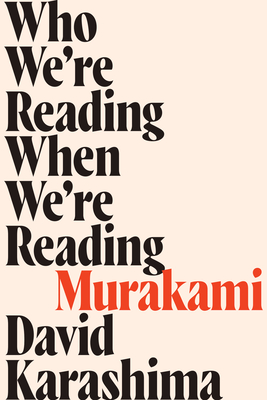What do you think?
Rate this book


289 pages, Paperback
First published September 1, 2020
‘that sex descriptions in the Murakami world have a lot to do with self-discovery and communication between characters who don’t understand each other, rather than sex in the pornographic sense. And that feeling might be lost when these explicit words and images are removed.’
‘Theer are people who criticize me for this, saying ‘I bet you let them do what they want because it’s The New Yorker.’ Yes, that’s exactly right! But like I said, I reverse the changes when the story is published in book form.’